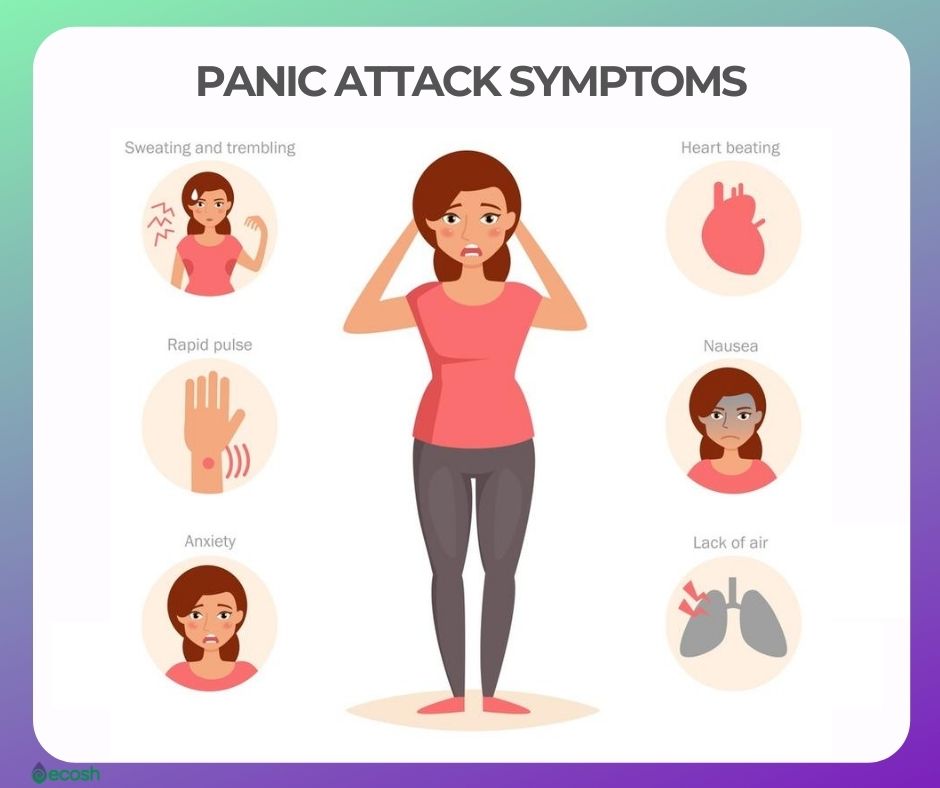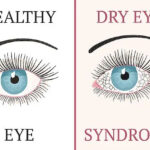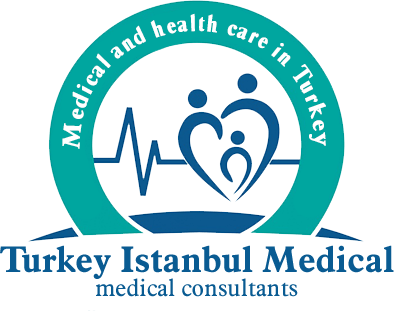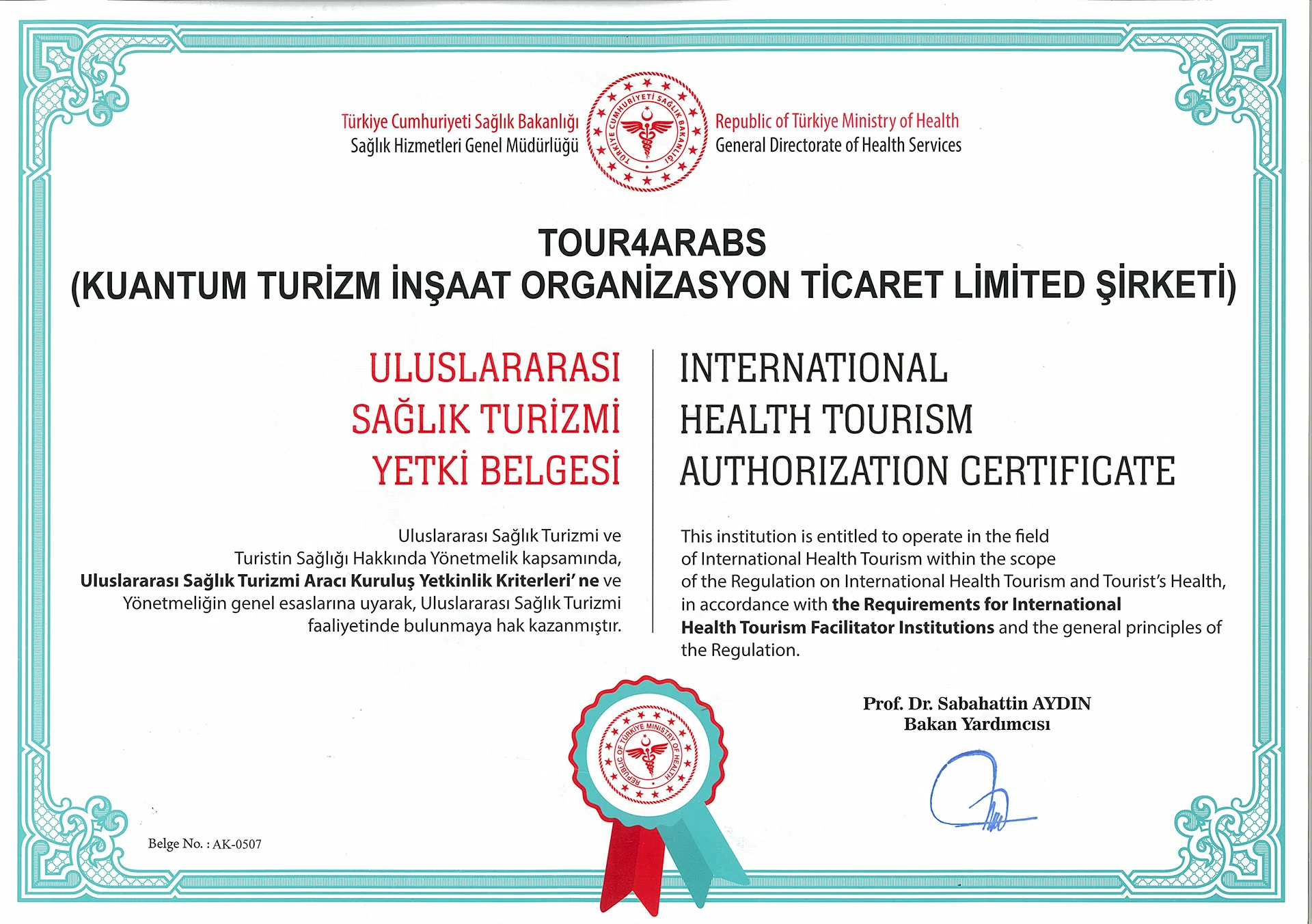What is Panic Attack?
A panic attack is an attack of intense fear and anxiety that occurs suddenly, anywhere. It starts suddenly.
It reaches its peak quickly (in 5 minutes or less). And it may take about 5-10 minutes.
75% of these diseases are women. It is seen in 2.1 percent of women and 0.6 percent of men. Panic attack is a seizure that causes fear of death. Although the age of onset is late adolescence and the 20s, it is more common in the 25-45 age range.
The person experiencing a panic attack does not just feel intense anxiety. At the same time, he feels physical reactions as if he is experiencing a sudden illness, such as a heart attack.
Some common symptoms of panic attacks can be:
- An intense feeling of fear or anxiety that comes on suddenly.
- Heart palpitations, chest pain or feeling palpitations.
- Sweating, shaking or chills.
- Shortness of breath or feeling of suffocation.
- Dizziness or lightheadedness.
- Nausea or abdominal pain.
- Sweating or feeling cold.
- Feelings of numbness or tingling.
- A sense of loss of control or detachment from reality.
Some Physical İllnesses can Cause Panic Attacks
For example; anemia, thyroid diseases, low blood sugar, diabetes, high blood pressure. Genetic reasons other than physical reasons; changes in brain chemistry, negative traumas and health problems. Significant changes in a person’s life can also trigger a panic attack.
For example;
- Changing one’s job,
- Getting divorced and/or separating from a loved one,
- Or changing the house where he has been staying for many years,
It can cause panic attacks.
Panic attacks can occur as part of a psychiatric disorder called panic disorder. People with panic disorder experience frequent recurrent panic attacks and may experience severe limitations in their daily lives due to these attacks.
People experiencing panic attacks are both emotionally and economically exhausted due to their frequent emergency visits. Their relationships with other people in their lives deteriorate, and they can disrupt their work and education.
Patients do not forget their first attack. Because of this rather terrifying attack, they avoid the environment or similar environments where the attack occurred. For example; If it happened in the subway, they are not found in the subway, in closed crowded environments. If they lived in sleep, they do not want to sleep and sleep disorders occur.
What is The Treatment of Panic Attacks?
Psychotherapy (Speech Therapy):
Cognitive Behavioral Therapy (CBT):
CBT is used to identify and change the thoughts and behaviors that trigger panic attacks. Individuals are provided with skills on how to deal with their fears and concerns caused by panic attacks.
Exposure and Response Prevention (MBT):
In this type of therapy, the person is slowly exposed to their fears that may trigger a panic attack and learns how to deal with these fears.
Other Forms of Therapy:
In some cases, other types of psychotherapy may also be used to treat panic attacks, such as psychoanalytic therapy or body-focused therapies.
Medication:
Antidepressants:
Antidepressant medications can be helpful in reducing the frequency and severity of panic attacks.
Lifestyle Changes:
Stress Management:
Stress management techniques can help reduce the triggering of panic attacks. Methods such as yoga, meditation, deep breathing exercises and relaxation techniques can be useful.
Regular Exercise:
Physical activity can help reduce stress hormones in the body and support overall mental and emotional health.
Healthy Diet and Sleep:
A healthy diet and regular sleep can help reduce the frequency of panic attacks.






